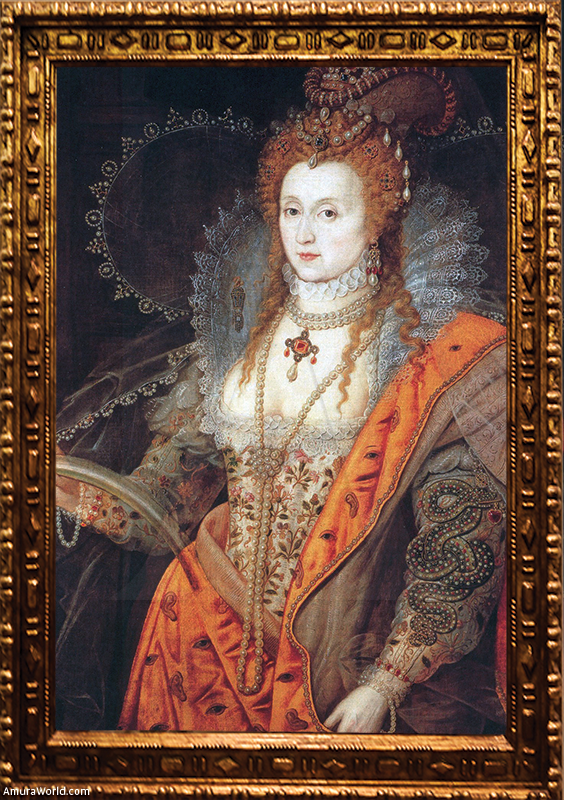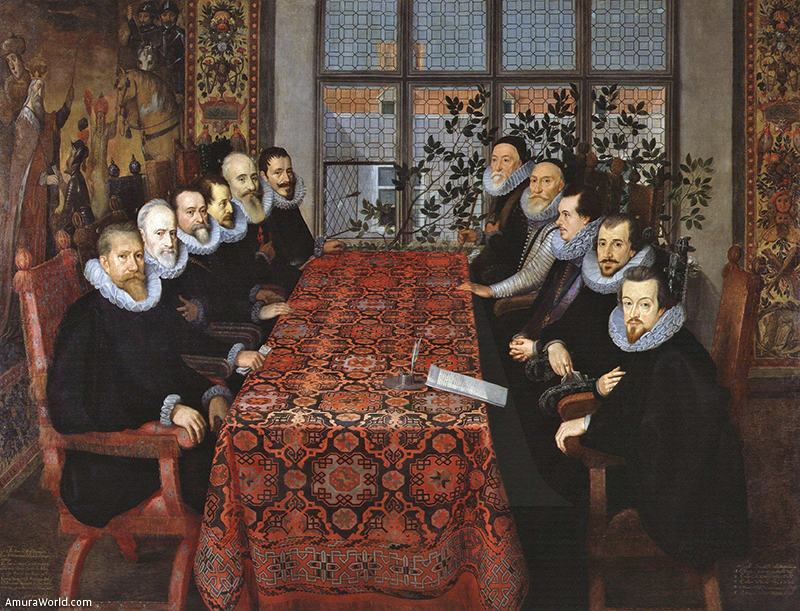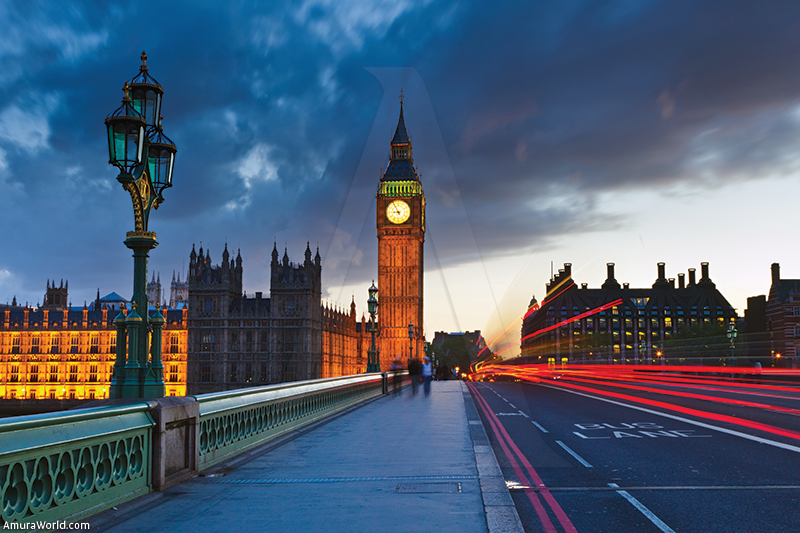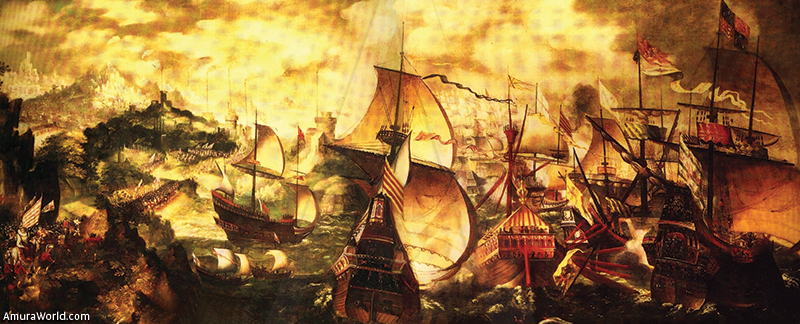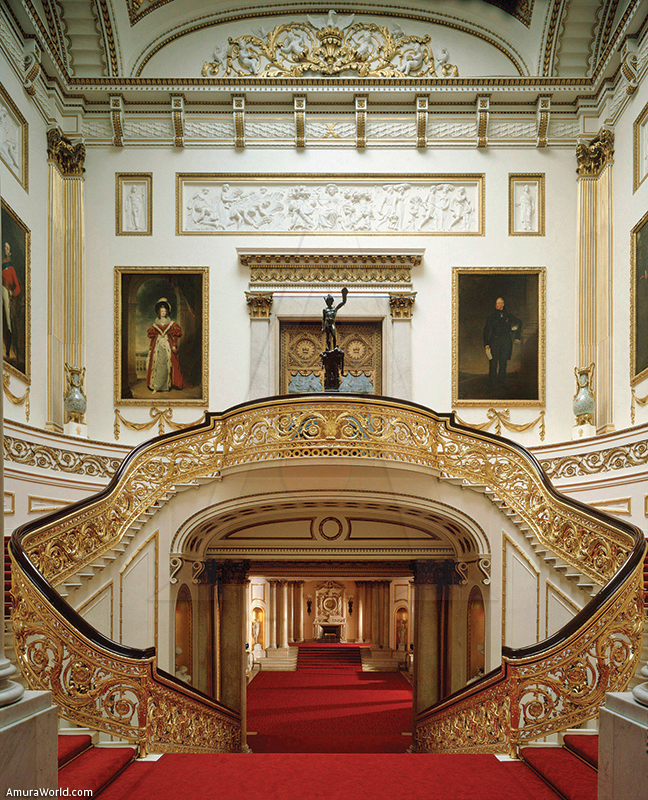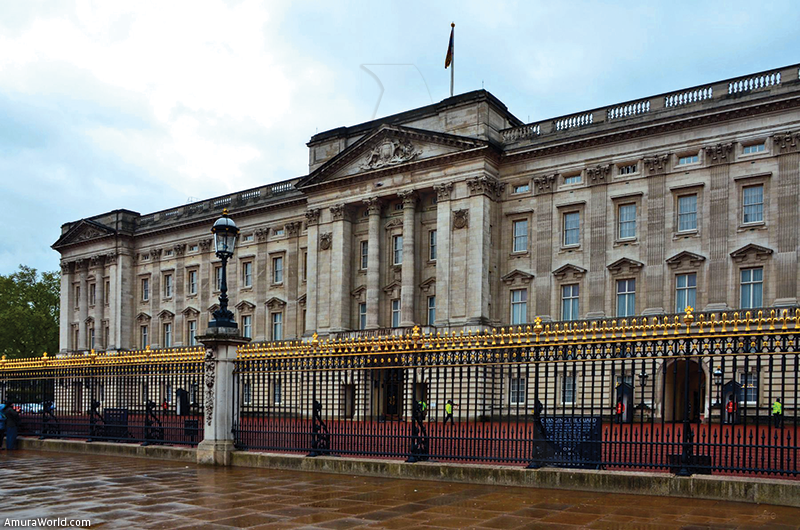{socialbuttons}
Iron Lady, but loved by her people
Queen Elizabeth I of England and Ireland was the fifth and last monarch of the Tudor Dynasty. She was nicknamed “Gloriana” and “The Virgin Queen” because she never contracted marriage. Despite the many adversities and schemes transcended in her time, she always emerged victorious thanks to her strength, strong will and intelligence. Under her admirable mandate England reached the “golden age”, and Elizabeth I, historical immortality.
Elizabeth the First, was born in Greenwich on September 7, 1533. She was the only daughter of Henry the VIII with his second wife, Anne Boleyn. When she was two, her mother was accused of adultery and sentenced to be beheaded, in accordance to the order of Henry, who in turn declared her daughter a bastard and banished her from the court. During the years of exile, Elizabeth received a solid education, which her natural intelligence took advantage of.
When Elizabeth was about ten years old, Henry VIII was convinced by his sixth wife Catherine Parr, to authorize the return of his daughter Elizabeth. The king agreed and, not only that, he also made theParliament recognize the legitimacy of Elizabeth and her older step sister Mary, who was Catholic. Elizabeth was very close to Edward, the heir to the crown and a Lutheran like her. At the death of Henry the VIII, Prince Edward was barely ten years old. He ascended to the throne but, as expected, he did not take the crown’s decisions but rather his guardian and favorites. Being of weak health, he died in 1553 at age 16.
Mary was crowned queen and was determined to restore Catholicism in England. She felt threatened by Elizabeth, her stepsister who was a Protestant. So she imprisoned her in the Tower of London on charges of living with a group of conspirators. Elizabeth then, faked her conversion to Catholicism and was eventually released.
Mary, the daughter of Catherine of Aragon, had married her uncle Philip II, who did not love her. She died childless, five years after she took the reign. When Elizabeth came to the throne, it was proposed that England returned to Protestantism. In fact, one of her greatest legacies was to establish and strengthen English Protestantism.
England faced a relentless war with France, a weak economy, religious conflicts and conspiracies against the crown. Under these circumstances the option of Elizabeth marrying Phillip II was considered. Elizabeth liked the idea; it would secure a very convenient alliance for Spain and England. The union was frustrated when Philip II learned that the sovereign suffered a certain inability to breed. It is believed that this rejection made the queen take the radical decision to never marry, even launching a persecution against Catholics and Calvinists. This caused Pope Pius V to excommunicate Elizabeth and in reaction, she founded the Anglican Church, separated from the Vatican.
Endowed with an autocratic personality, or a high self-confidence, Isabel made all the decisions, and was smart enough to surround herself with excellent
counselors, to whom she attributed the errors and stole the credits for the successes. She negotiated a peace agreement with France, developed and expanded national and international trade. The British currency regained its strength. She established the Royal Exchange of London and the Chamber of Commerce., The development of industry and economy began, with Shakespeare, Marlowe and Spencer who occupied the forefront of the English Renaissance. In contrast, Isabel protected the pirates who plundered Spanish galleons or trafficked slaves, to the benefit of the economy of the kingdom. The most successful ones were even made nobles, as Sir Walter Raleigh.
Religious conflicts and intrigues did not cease during the reign of Elizabeth. The focus of most of them was her cousin Mary Stuart, Queen of Scots, who claimed the English throne. She lost the crown of Scotland in 1568 and took refuge in England, where Elizabeth imprisoned her for nearly 20 years. When a plot was discovered to assassinate Elizabeth and crown Mary, the Queen beheaded her cousin in the Tower of London in 1587.
The Catholic Philip II, tired of the pirates’ abuses against the Spanish ships, organized the “Spanish Armada” to attack the British island ... but failed. The ill-fated Hispanic attempt to invade England made Spain the greatest threat to British independence of this country, since Elizabeth I took the crown. It was then that the sovereign, always popular in addition to being a brilliant orator, was established herself as the center around which the nation was united against the enemy country and England became a maritime power.
Despite pressure from her detractors, Elizabeth always refused to marry, although she was attributed with some affairs. She used the promise of marriage for diplomatic purposes, but maintained her independence until the end of her days. She died in Richmond on March 24, 1603 and was succeeded by James VI of Scotland, the son of Mary Stuart, her late cousin.
Text: Alfonso López Collada ± Photo: Primavera de los Pueblos / SENYERES / GdeFon.ru / MAPA LONDRES / ALL FREE

